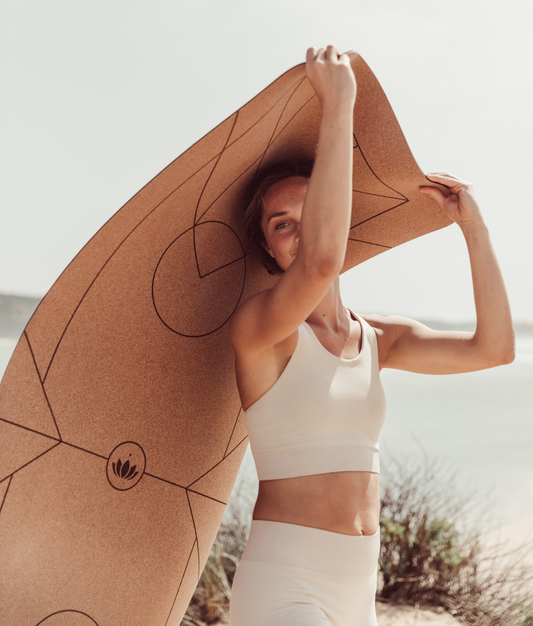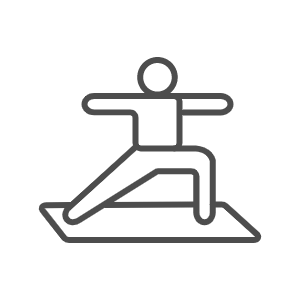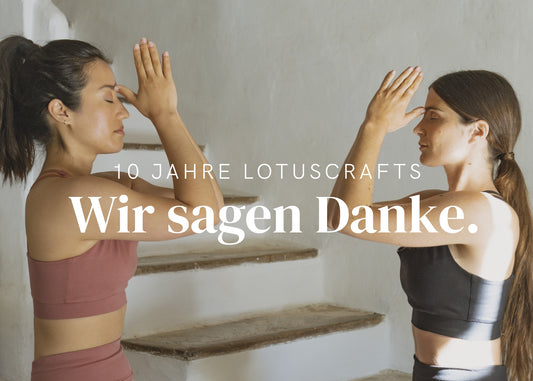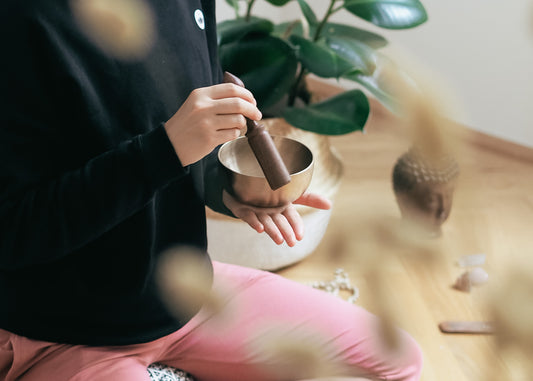
NEW In!
PURE-Matte Light TaupeShopping cart
Your shopping basket is empty
Free shipping from €39
Produced Ecologically & Fair
For All Yoga Styles
Yoga

Meditation
Sets & Bundles
The crow is a significant animal in symbolism. She asks us to move on and leave the past behind - in everyday life this is often easier said than done. One asana that can help us stay on our path, let go of the past, and find balance (both mentally and physically) is Bakasana, the Crow.

The yoga crow, which is also known as Bakasana, helps you to achieve a new balance that you have never known about your body before.
You balance your entire body weight on your hands while your arms are slightly bent and your knees are on your triceps. So the asana is one of the simpler arm balances - that's what makes it so popular that it's not only found in the Yoga-Vidya basic series, but also among the 84 most important asanas.
This special tension strengthens the wrists, fingers and arm muscles and stretches the glutes. The balance required for the yoga crow promotes body awareness and balance.
But this yoga position not only has a positive effect on your body, but also achieves energetic and mental success. In terms of energy, the crow has a particularly activating effect and, thanks to its balance, has a very harmonizing effect. Especially with a lack of self-confidence, with lost courage or lack of concentration, a positive effect of the crow will be noticeable.
The crow is a powerful and wonderful asana, there's no question about that. However, under certain circumstances, it may not be the best asana for you.
Should you...
you should better avoid bakasana.
Are you now really interested in trying out the crow? Very good! Here is the step-by-step guide for you!
At first, you may only be able to hold the asana for a few seconds - that's okay. With practice, you will find it easier and easier to find the right balance.
So that the crow will soon become child's play for you, we have a few tips here that will make practicing easier:
As always, be patient with yourself. Bakasana requires strength, courage and balance at the same time - so it is quite natural that the asana does not fit perfectly overnight. In the end, like all yoga practices, it's not just about mastering the asana, but what you learn about yourself along the way.
Have fun practicing and see you soon on the yoga mat ! :)

We celebrate 10 years of Lotuscrafts We would like to take this as an opportunity not to provide you with topics related to meditation, yoga and ...
Continue reading
Especially in these stressful times, many people long for deceleration, relaxation and real regeneration. One way to get there is sound yoga, a me...
Continue reading